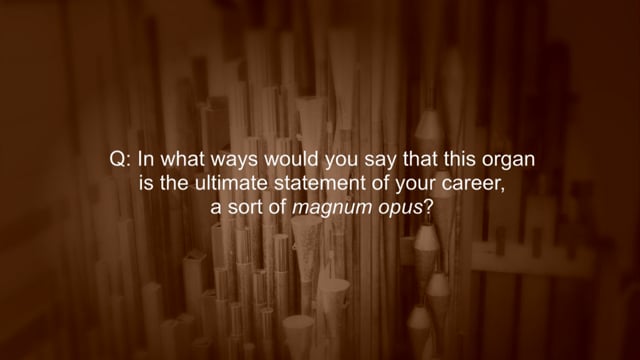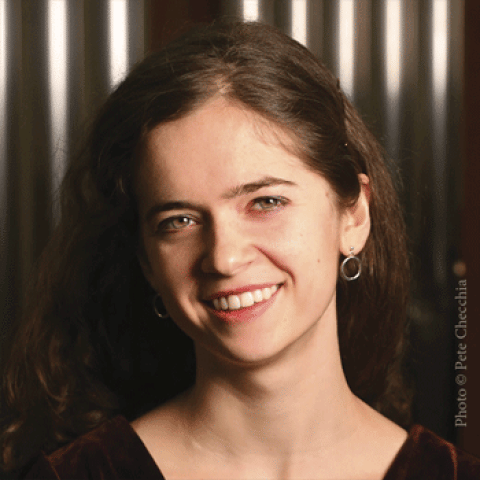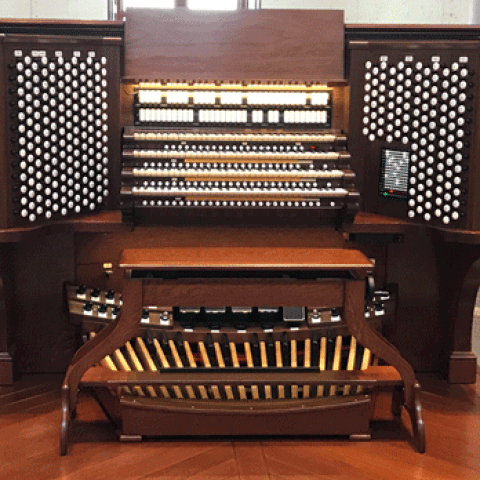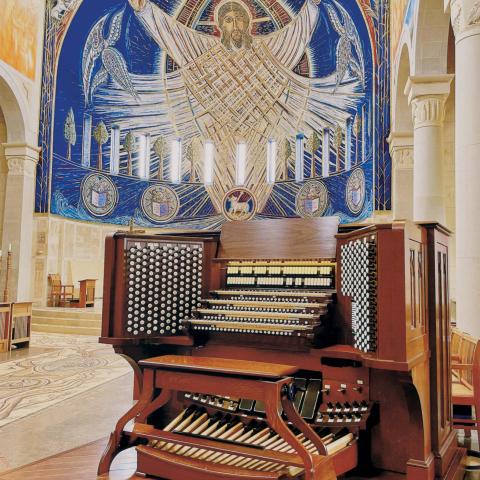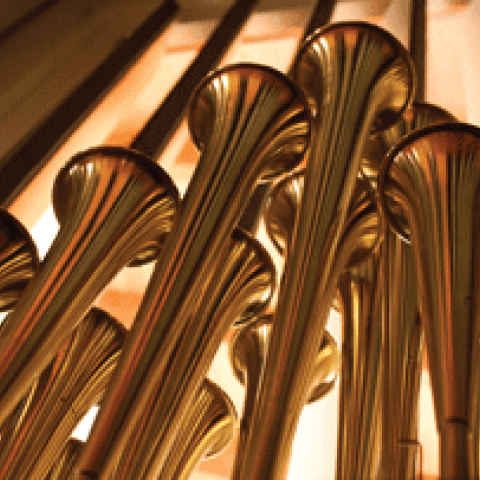
The Community of Jesus, Orleans, Massachusetts, announces the dedication recital for its four-manual, 185-rank, 11,964-pipe organ in the Church of the Transfiguration by Thomas Murray on December 4 at 7:30 p.m. The pipework of the instrument is drawn from twenty different Skinner organs; the result is the magnum opus and final work of Nelson Barden & Associates.
Tickets are $35, $30 for seniors. Further information, including a history of this project spanning more than a quarter century, may be found in this month’s cover feature, pages 22–24:
https://www.thediapason.com/content/cover-feature-community-jesus-orleans-ma
For more information regarding the recital and to order tickets:
https://www.churchofthetransfiguration.org/thomas-murray-celebratory-concert-dec/.
Other upcoming events:
St. Mary's Cathedral, San Francisco

